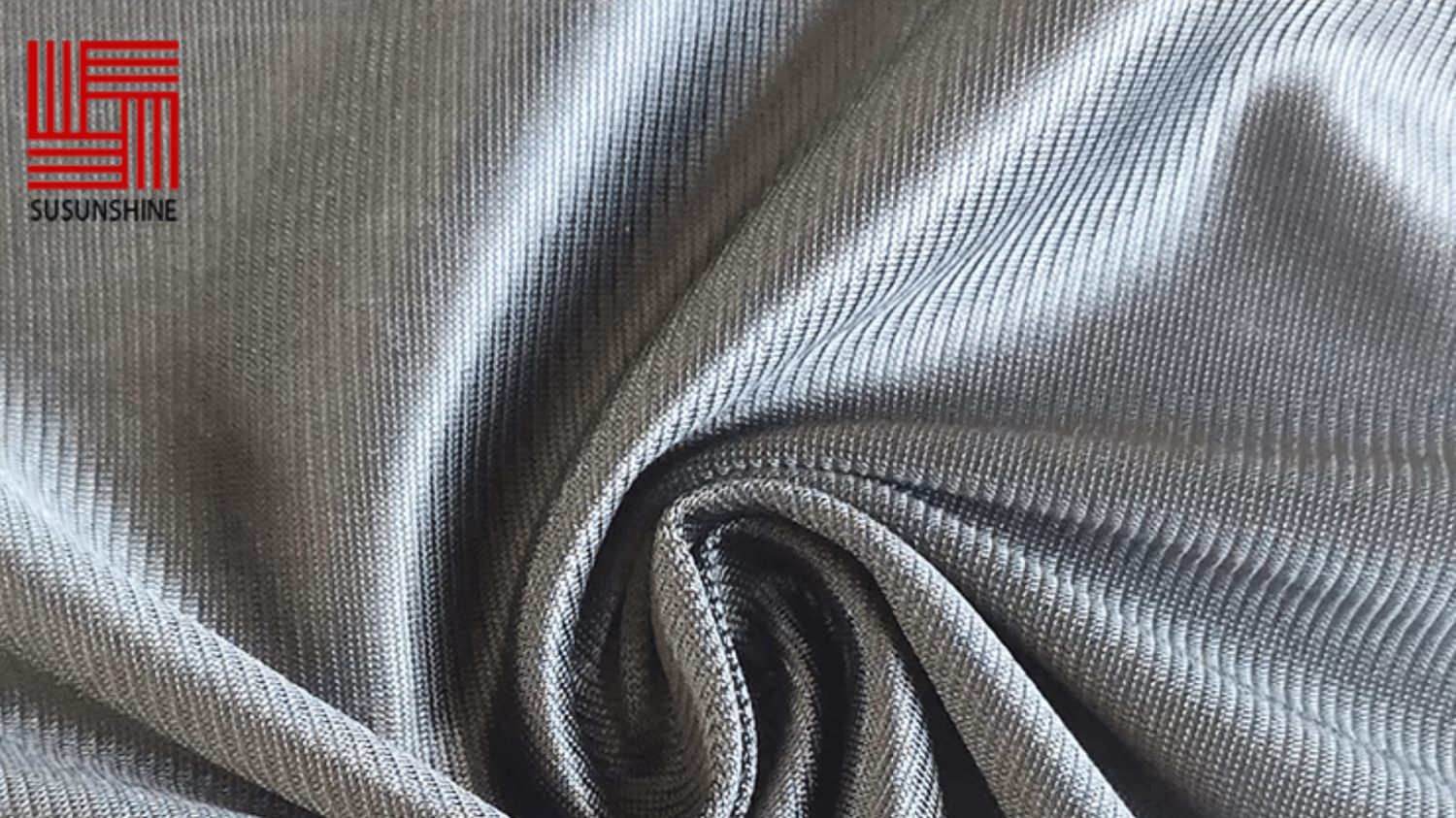Ancillary Fabrics: The Multi-Purpose Materials You Never Knew You Needed
Ancillary fabrics are often overlooked in the textile industry despite their versatile nature. These fabrics play a crucial role in our everyday lives and are found in a variety of products we use daily. In this article, we will explore the different aspects of these fabrics and their significance in various sectors.
Medical Industry
The medical industry requires fabrics that are durable and sterile, making ancillary fabrics the ideal choice. Surgical gowns, covers, and bandages are commonly made from these materials. Their breathable and lightweight nature prevents infections while allowing patients to recover comfortably.
Automotive Industry
Ancillary fabrics are also used in the automotive industry, specifically for car interiors and upholstery. They are stain-resistant, easy to maintain, and cost-effective, making them a popular choice. The durability and versatility of these fabrics make them perfect for withstanding the wear and tear of daily use.
Fashion Industry
While fashion might not be the first industry that comes to mind when thinking about ancillary fabrics, they play a crucial role in the production of accessories. Hats, bags, and belts often have these materials as lining or inner fabric. Their lightweight and waterproof nature make these fabrics ideal for creating long-lasting products that are both comfortable and practical.
Sportswear Industry
Sportswear requires fabrics that are stretchy, lightweight, and breathable. Ancillary fabrics provide all of these features, making them an ideal choice for use in the production of sportswear. These fabrics are commonly used in cycling shorts, running tights, and workout clothes.
Home Textile Industry
The home textile industry relies heavily on ancillary fabrics for creating curtains, bed sheets, and other home décor items. Their wrinkle-resistant nature and easy-to-wash composition make them popular among consumers. The variety in color choices and patterns available in these fabrics make them desirable for creating aesthetically pleasing home products.
Industrial Sector
Ancillary fabrics are also commonly found in the industrial sector. These durable materials are often used in creating protective covers, tarps, and tents for outdoor activities and work. The waterproof and UV-resistant nature of these fabrics makes them ideal for harsh weather conditions and outdoor usage.
Environmental Advantages
The use of ancillary fabrics is not only cost-effective but also environmentally friendly. These fabrics are made from recycled materials that help reduce waste. The manufacturing process of these fabrics is also energy-efficient and helps reduce the carbon footprint of the textile industry.
Availability and Cost
The availability and cost of ancillary fabrics make them a popular choice in various sectors. These materials are readily available in the market and are priced competitively. Manufacturers can produce high-quality products at a low cost, making them a popular choice for businesses.
Durability
Ancillary fabrics are highly durable and can withstand daily wear and tear. This makes them ideal for creating long-lasting products that can be used for multiple purposes. Their lightweight and easy-to-maintain nature make them a popular choice among consumers.
Conclusion
Ancillary fabrics are the unsung heroes of our lives. Their versatility and cost-effectiveness make them an ideal choice for various industries, ranging from medical to fashion and automotive. The environmental advantages of these fabrics, in addition to their durability, make them a popular choice for manufacturers and consumers alike.

